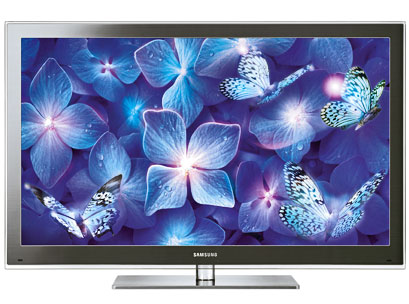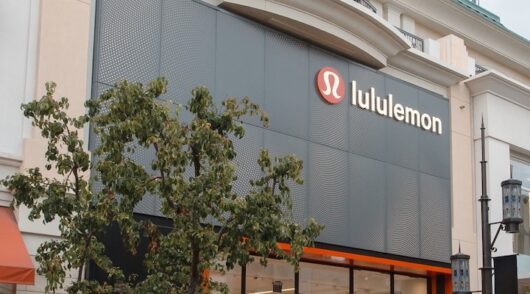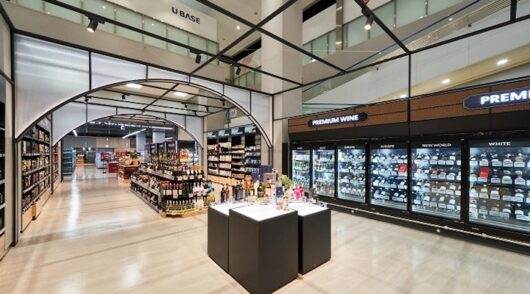Falling prices are driving increasing consumer demand for LCD and LED TVs across Southeast Asia.
In the first 11 months of 2011 flatscreen TV sales across the region totalled nearly US$4 billion.
That marks a 14 per cent growth versus the same period last year, according to global market research company GfK Asia.
GfK retail tracking found that LCD and LED reign as the most sought after TV technologies across Singapore, Malaysia, Thailand, Indonesia, Vietnam and Philippines, registering a considerable 27 per cent boost in overall sales revenue across the region this year.
“LCD and LED TVs have become more attractive due to their falling prices,” commented Gerard Tan, regional account director for digital technology at GfK Asia.
“Our reports showed that these segments continue to experience price erosion, with average prices for this year reflecting nearly a 20 per cent drop from 2010. This has resulted in greater affordability and pushed up consumer demand in the region.”
Among all the Southeast Asian countries, the Indonesia and Philippines markets are least advanced when it comes to adopting the latest TV technology; with more than half of the total TV sales in each market still currently being contributed by CRT TVs. In Indonesia, three out of every five TV sets purchased by the locals still belong to these traditional models.
“Unlike the developed market of Singapore where the industry has already fully phased out sales of CRT TVs, other emerging markets have yet to do so, which means there are still plenty of growth potential for manufacturers,” said Tan.
“For instance, Indonesia is now the fastest growing market for TV in the region; with 146 per cent more units of LCD and 1102 percent of LED TVs sold over last year. These two combined segments contribute 39 per cent in value sales to the entire TV market there.
“As such, retailers in emerging countries are today allocating more space within their shops for flat screens.”
Meanwhile, while performance of the overall TV market has stabilised in Singapore, LED TVs are increasingly widespread. The quantity of LED TVs sold tripled over last year and is today selling on par with LCD TVs.
Another noteworthy trend emerging in the market in the past year is the difference in screen size preferences. Although 32 inch TVs remain the most popular category across the region, countries like Indonesia, Philippines, and Vietnam are seeing escalating demand for 32 inch and below TV sets while more affluent markets like Singapore, Malaysia and Thailand are seeing increasing demand for larger screen sizes above 42 inch.
“Manufacturers have been successful in tailoring their marketing activities to cater to the different consumer segments,” noted Tan. “While promoting the smaller screen sizes to reach out to more price conscious buyers in effort to get them to switchover from their traditional TVs, the industry have also been actively raising awareness on the various advantages of the higher-end LED TVs to appeal to the more technological savvy and affluent consumers.
“With the inclusion of Internet-enabled TVs, the market is taking the next step and offering wider usage possibilities to the consumer.”
In a separate report released recently by GfK Digital World, produced in partnership with Consumer Electronics Association (CEA), it was forecast that global spending on consumer technology devices will surpass $1 trillion in 2012 for the first time, increasing by five per cent over 2011’s figure of $993 billion.
As one of the key product segments in Consumer Technology industry, TV will continue to be in the forefront driving growth and remain a key contributor to the world’s digital products business.
“The TV market looks optimistic in 2012. With the mounting football fever arising from the highly anticipated Euro Cup in June, we can already foresee strong demand for TVs in the months leading up to the event, which will push the performance of the market to great heights in 2012,” he concluded.






